Designing a small restaurant can be a challenge. Space is limited, so every detail matters.
Creating the right ambiance is crucial for a memorable dining experience. Your interior design should reflect your restaurant’s theme and target audience. From lighting to seating arrangements, each element plays a significant role. A well-thought-out design can enhance customer satisfaction and boost your restaurant’s appeal.
Whether you are opening a new eatery or renovating an existing one, a checklist can guide you through the process. This blog post will help you navigate the essentials of small restaurant interior design, ensuring your space is both functional and inviting. Let’s dive into the key aspects to consider for a successful design.
Entrance And Reception
Creating a memorable first impression in a small restaurant begins at the entrance and reception area. This space sets the tone for the dining experience. It must be both welcoming and functional. A well-designed entrance and reception area can make customers feel comfortable and eager to dine.
Welcoming Entryway
A welcoming entryway invites customers inside. Use warm lighting to create a cozy atmosphere. Choose a color scheme that complements the restaurant’s theme. Incorporate plants or artwork to add visual interest. Make sure the entryway is clean and free of clutter. This helps in creating a good first impression. Place a visible sign with the restaurant’s name and logo. This aids in brand recognition.
Functional Reception Desk
A functional reception desk is crucial for a smooth operation. It should be easily accessible to both staff and customers. The desk must have enough space for reservation books and menus. Equip it with a computer or tablet for managing reservations. Ensure that the reception desk is well-lit. This helps staff to perform their tasks efficiently.
Keep the reception area organized. Use drawers or shelves to store necessary items. Make sure there is a comfortable waiting area nearby. Provide seating for customers waiting to be seated. This enhances the overall customer experience.
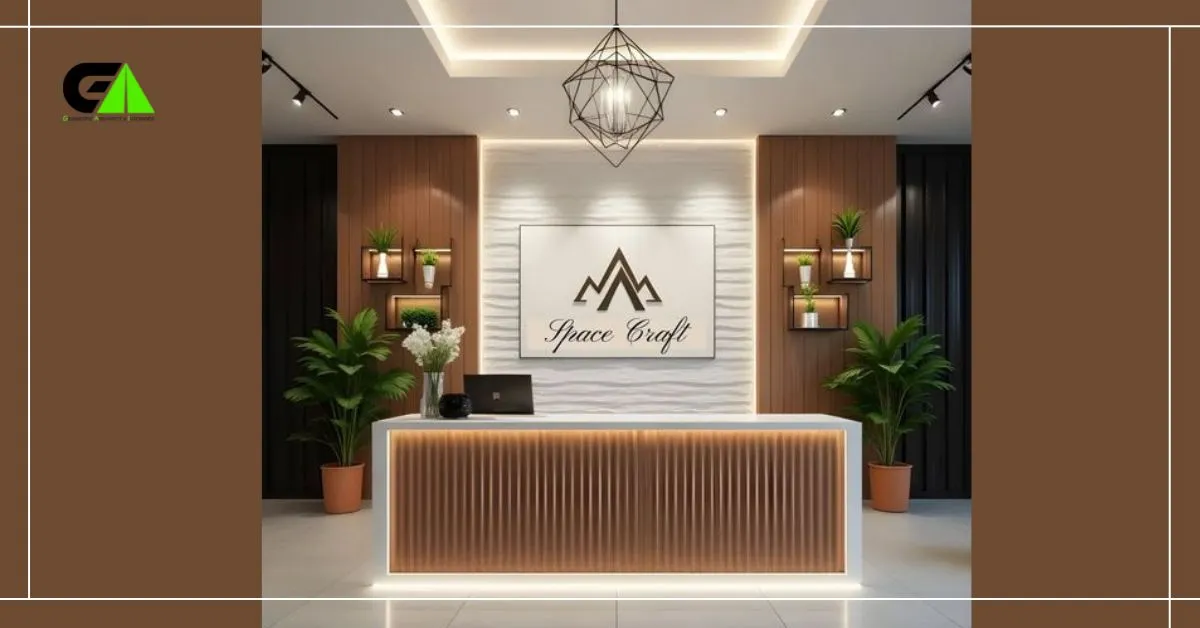
Seating Arrangements
Seating arrangements play a crucial role in small restaurant interior design. The right setup creates a comfortable and welcoming environment. It also maximizes space and enhances the dining experience. Let’s explore key elements of seating arrangements.
Comfortable Chairs
Comfortable chairs are essential for any dining experience. Choose chairs with good back support. Padded seats add extra comfort. Ensure the chairs match your restaurant’s theme and style. Consistent design creates a cohesive look. Durability is also important. High-quality materials ensure the chairs last longer.
Flexible Table Layouts
Flexible table layouts offer versatility. Movable tables allow for different group sizes. They can be rearranged to accommodate larger parties. Small tables are ideal for couples or solo diners. Square and round tables can be mixed for variety. This flexibility helps manage space efficiently. It also allows for better traffic flow.
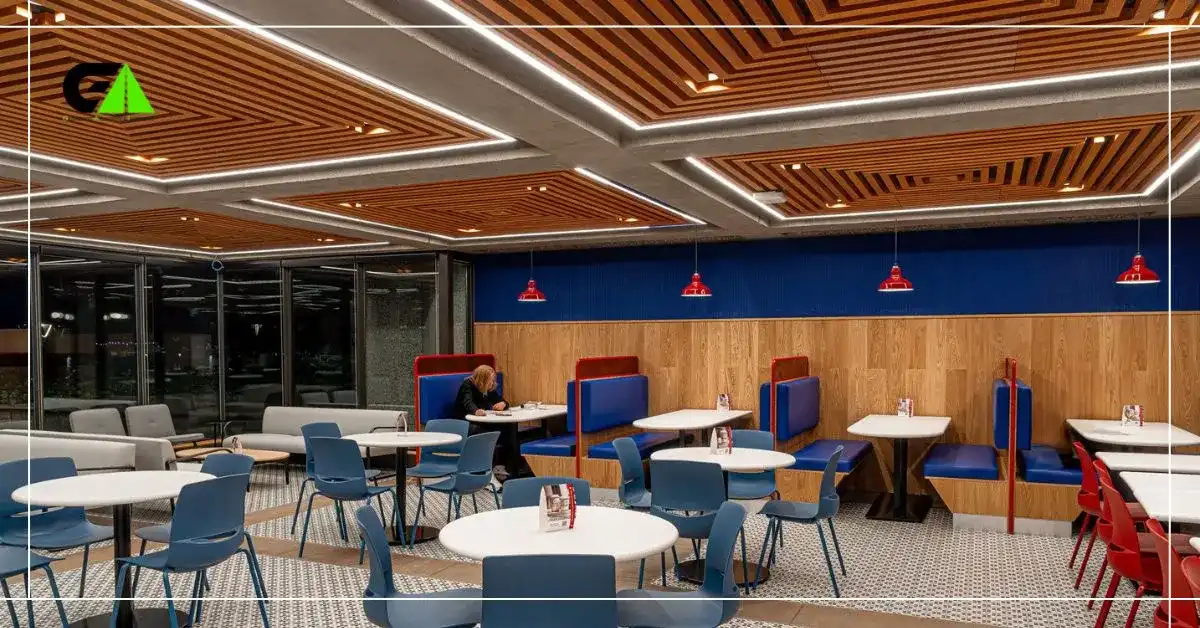
Lighting Solutions
Lighting plays a crucial role in creating the perfect ambiance for small restaurants. It can transform a dull space into a warm and inviting place. Proper lighting helps in highlighting the restaurant’s decor and enhances the overall dining experience. This checklist will guide you through the essential lighting solutions for your small restaurant.
Ambient Lighting
Ambient lighting is the main source of light in your restaurant. It sets the overall mood and ensures the space feels welcoming. Soft and warm lights are ideal for creating a cozy atmosphere. Use ceiling fixtures or wall sconces to evenly distribute light across the room. Avoid harsh, bright lights that can make the space feel cold and uninviting.
Task Lighting
Task lighting focuses on specific areas where additional light is needed. It helps staff perform their duties efficiently. Place task lights over the kitchen counter, bar, and cashier area. Use adjustable lamps or pendant lights to direct light where it’s most needed. This ensures clarity and safety while maintaining the restaurant’s aesthetic.
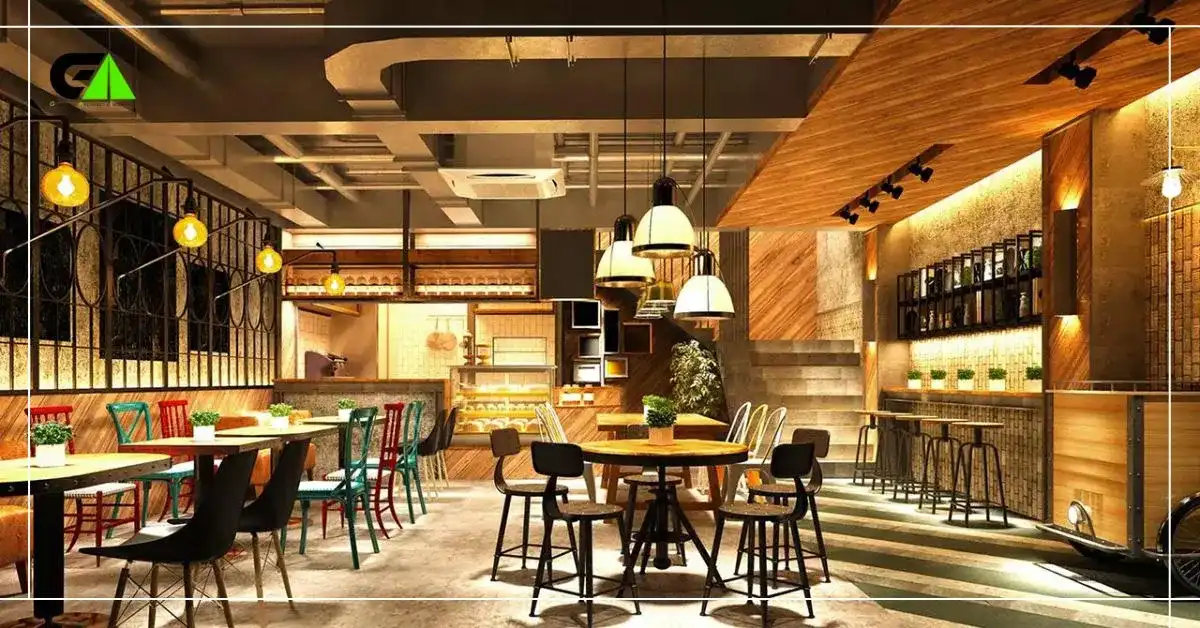
Color Scheme
Choosing the right color scheme for a small restaurant is crucial. Colors affect the overall ambiance and can influence customer behavior. A well-thought-out color scheme can create a welcoming and enjoyable dining experience. Let’s dive into some important aspects of color selection for your restaurant.
Brand Colors
Your restaurant’s brand colors should be the foundation of your color scheme. These colors represent your brand’s identity and values. Consistency in color can make your brand more recognizable. Use your brand colors in furniture, walls, and decor. This will create a cohesive look that reinforces your brand.
Mood Enhancing Shades
Different colors can evoke different emotions. Warm colors like red and orange can stimulate appetite. Cool colors like blue and green can create a calm atmosphere. Choose colors that align with the mood you want to set. For a lively, energetic feel, use vibrant colors. For a relaxed, cozy vibe, use softer shades.
Consider the psychology of color when designing your space. The right shades can enhance the dining experience. They can make your restaurant memorable to customers. Experiment with various combinations to find the perfect balance.
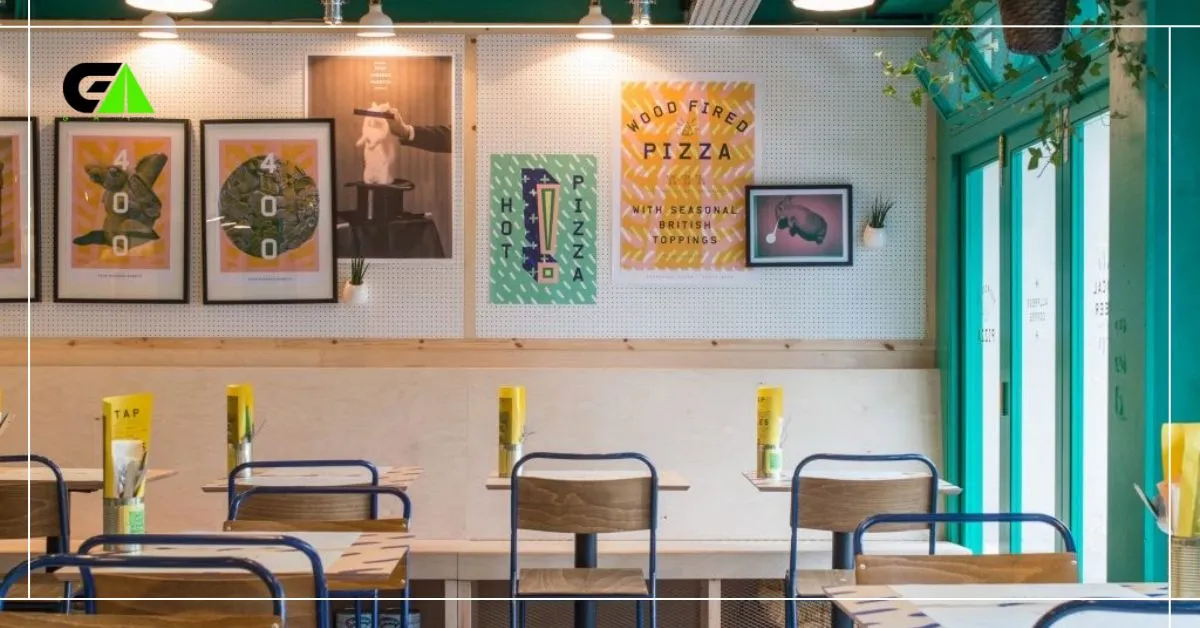
Decor And Artwork
Decor and artwork play a crucial role in small restaurant interior design. The right decorations and art pieces can transform a space. They create a welcoming and visually appealing atmosphere. Customers often judge the ambiance before even tasting the food. Therefore, selecting the appropriate decor and artwork is essential.
Themed Decorations
Themed decorations can give your restaurant a unique identity. Choose a theme that complements your cuisine. For instance, a seafood restaurant could feature nautical decor. Think of ship wheels, anchors, and ocean-themed paintings. A consistent theme helps in creating a memorable dining experience.
Local Art Displays
Displaying local art can add a personal touch to your restaurant. It supports local artists and makes your place stand out. You can rotate the artwork periodically. This keeps the decor fresh and interesting. Customers may even feel more connected to your restaurant. They appreciate the support for their community.
Consider a designated wall for these art displays. Ensure the lighting highlights the artwork well. Proper lighting can make a big difference. It enhances the visual appeal and overall ambiance. Engaging decor and artwork can elevate your restaurant’s interior design.
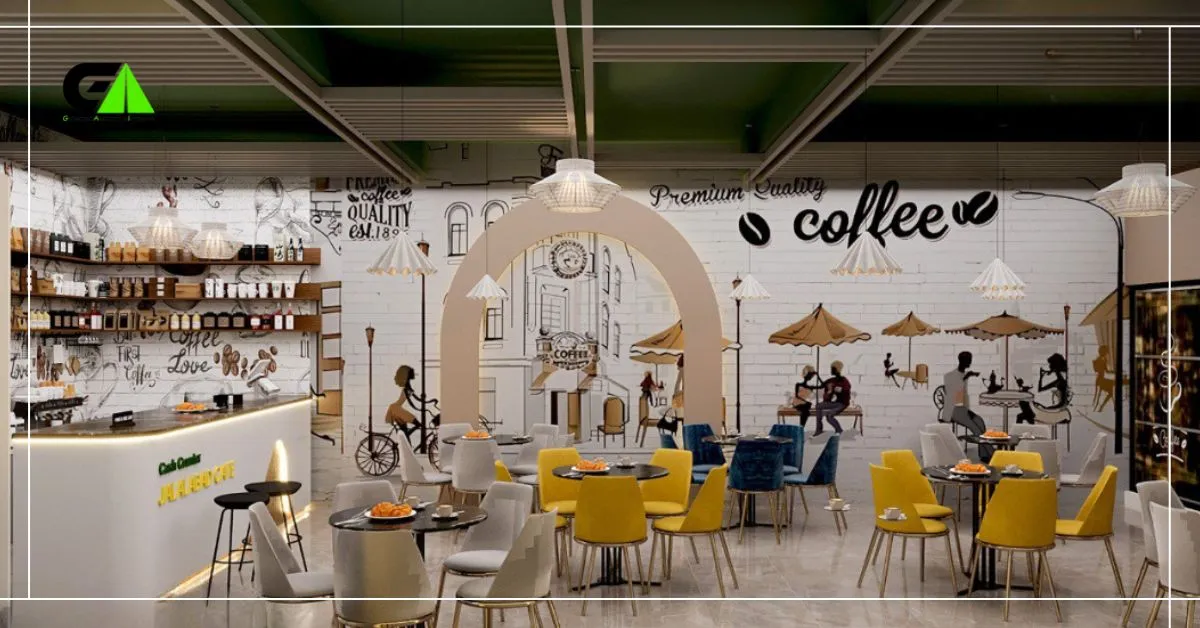
Kitchen And Service Area
The kitchen and service area are the heart of any small restaurant. These areas must be efficient and clean. A well-designed kitchen improves food quality and speed. The service area impacts customer satisfaction. Consider these key points for a successful setup.
Efficient Layout
An efficient kitchen layout saves time and energy. Place cooking, prep, and storage areas close together. This reduces movement and boosts productivity. Arrange equipment logically. Chefs should access tools and ingredients quickly. Open spaces improve workflow. Minimize clutter for safety. A tidy area prevents accidents.
Hygienic Surfaces
Hygiene is critical in a kitchen. Choose easy-to-clean surfaces. Stainless steel counters resist stains and bacteria. Non-porous materials prevent germ buildup. Regular cleaning keeps surfaces spotless. Inspect and sanitize regularly. Clean floors, walls, and ceilings often. A clean kitchen ensures safe food.
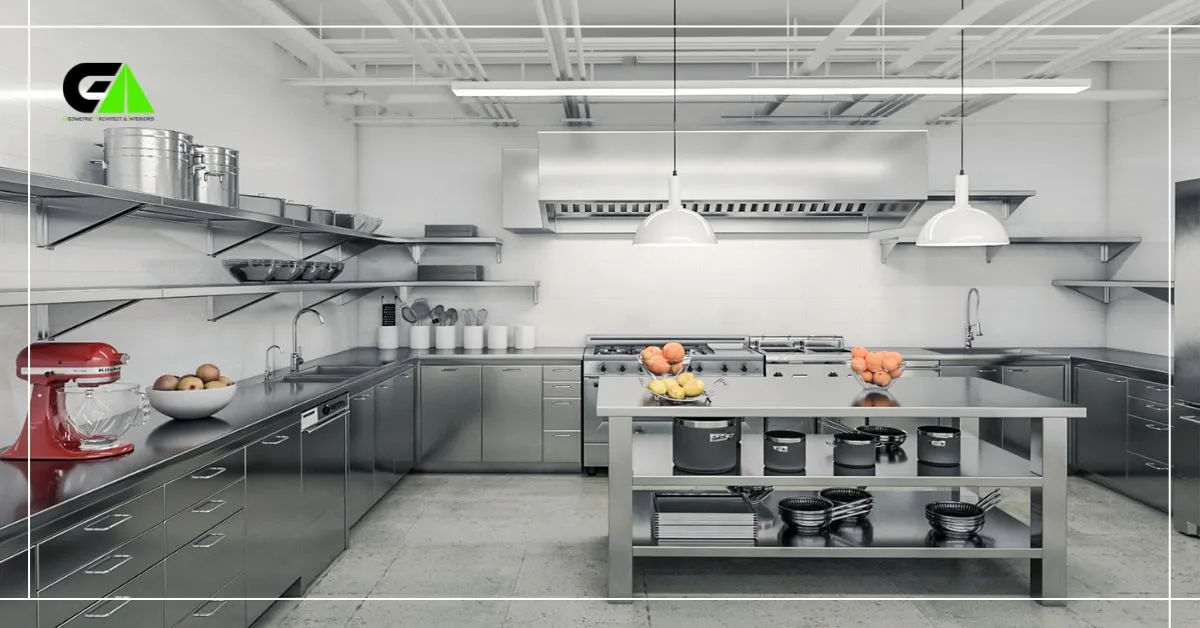
Restroom Facilities
Restroom facilities play a crucial role in the overall experience at a small restaurant. A clean, well-maintained restroom can significantly impact a guest’s perception of your establishment. Ensuring that your restroom meets high standards of cleanliness and comfort is essential for customer satisfaction.
Cleanliness Standards
Cleanliness is paramount in any restaurant restroom. A dirty restroom can turn guests away and damage your reputation. Create a cleaning schedule to maintain hygiene.
-
Clean toilets and sinks hourly
-
Wipe down surfaces regularly
-
Restock toilet paper and soap
Use a checklist to ensure nothing is missed. A clean restroom reflects the overall hygiene of your restaurant.
Guest Comfort
Comfort is just as important as cleanliness. Make sure your restroom is well-equipped and welcoming.
|
Feature |
Importance |
|---|---|
|
Hand dryers or paper towels |
Drying hands quickly |
|
Air fresheners |
Eliminating odors |
|
Accessible stalls |
For guests with disabilities |
Ensure adequate lighting and mirrors for convenience. A well-lit restroom feels safer and more comfortable.
Small touches, like a decorative mirror or a plant, can make the space feel more inviting.
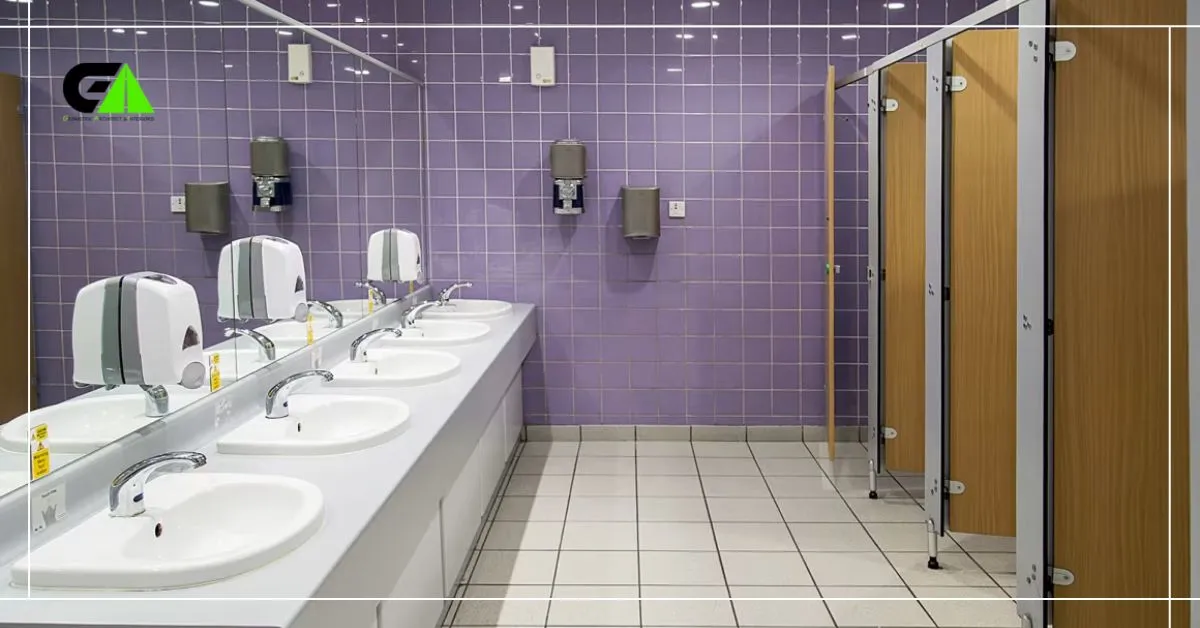
Storage Solutions
Storage solutions are essential for small restaurant interior design. Efficient use of space helps to create a clutter-free environment. Effective storage keeps the restaurant organized and visually appealing. This section covers two key aspects: hidden storage and organized shelving.
Hidden Storage
Hidden storage options maximize space without sacrificing style. Built-in cabinets under seating areas provide discreet storage. Consider using benches with lift-up seats. These can store extra linens or utensils. Wall niches behind artwork or mirrors also offer hidden storage. This keeps essentials out of sight but within reach.
Organized Shelving
Organized shelving helps to keep everything in its place. Use open shelves to display attractive items. This adds character to the space. Adjustable shelves offer flexibility for various items. Labeling shelves can further enhance organization. This ensures staff can quickly find what they need. Wall-mounted shelves save floor space and keep walkways clear.
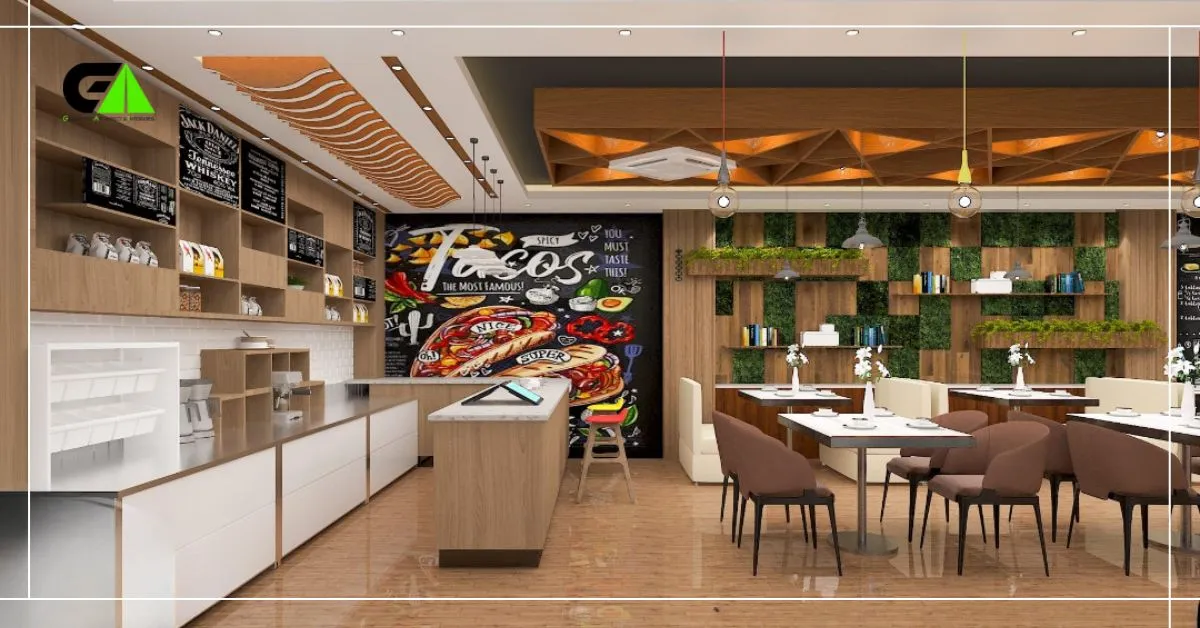
Frequently Asked Questions
How To Maximize Space In A Small Restaurant?
Maximize space by using multi-functional furniture, wall-mounted storage, and minimalistic design. Opt for light colors and mirrors to create an illusion of space.
What Are Essential Elements In Small Restaurant Design?
Essential elements include efficient layout, comfortable seating, ambient lighting, and clear signage. Prioritize functionality and aesthetics to enhance customer experience.
How To Choose Furniture For A Small Restaurant?
Choose compact, versatile furniture that fits your space. Opt for foldable tables and stackable chairs. Ensure comfort and durability.
What Lighting Is Best For Small Restaurants?
Use a mix of ambient, task, and accent lighting. Soft, warm lights create a cozy atmosphere. Ensure adequate illumination for functionality.
Conclusion
Creating a cozy and inviting small restaurant is achievable. Follow this checklist for success. Focus on lighting, furniture, and decor. Balance functionality with style. Pay attention to details like color schemes and layout. Ensure comfort and a pleasant dining experience.
With thoughtful design, your restaurant will charm guests. Happy designing!

